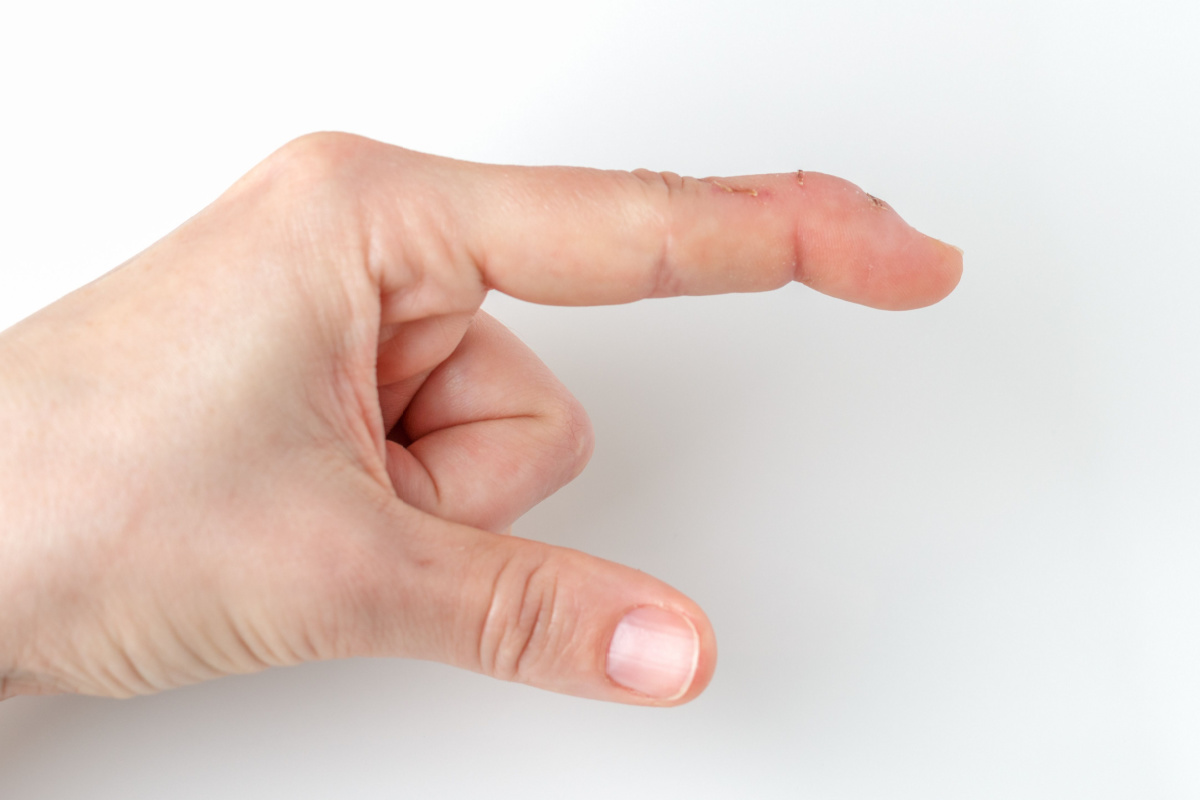
Do You Have a Mallet Finger? Here’s How to Know
Your hands are made up of many intricate parts, each working in conjunction to allow you to perform a wide range of tasks, from typing on a keyboard to throwing a baseball. Sometimes, accidents happen, and injuries occur. One such injury that can affect the functionality of your fingers is the dreaded mallet finger.
Mallet finger, also known as baseball finger, is a condition that can impact the tip of your finger, specifically the last joint. It is usually caused by a sudden forceful injury to the extensor tendons that straighten your finger. Whether it’s a sports mishap, an accidental fall, or another unfortunate incident, mallet finger can be painful and disabling if left untreated.
In this blog, we will explore the signs and symptoms of mallet finger, the various treatment options available, and why seeking medical attention, especially from a hand and finger specialist, is crucial for a full recovery.
Signs and Symptoms of Mallet Finger
While mallet finger is a condition that typically affects athletes who play baseball, basketball, or football, it can be an injury that anyone can incur. If you jam or break your finger, you may be at risk of having a “baseball finger.” The best way to get the proper treatment is to recognize the symptoms of this condition. Here’s how to know if you may be suffering from a mallet finger injury:
- Inability to Straighten the Finger: The most obvious sign of mallet finger is the inability to fully extend the tip of your finger. Even if you try, you’ll find that the affected finger remains bent at the last joint.
- Pain and Swelling: Following a mallet finger injury, you may experience pain, tenderness, and swelling around the affected joint. This discomfort can range from mild to severe, depending on the extent of the injury.
- Bruising and Blood Beneath the Nail: Due to the injury, blood vessels can rupture, leading to bruising and discoloration beneath the nail bed of the affected finger.
- Difficulty in Gripping: Mallet finger can impair your ability to grip objects properly, affecting everyday activities such as writing, typing, or holding utensils.
Types of Treatment for Mallet Finger
When you suspect a mallet finger injury, seeking medical attention is important. Depending on the severity of the injury, your hand and finger specialist will recommend an appropriate treatment plan. Here are the two primary methods of treating mallet finger:
- Non-Surgical Treatment: This approach is typically used for less severe mallet finger injuries. It involves wearing a splint on the affected finger to keep it in an extended position. The splint is usually worn continuously for several weeks, allowing the damaged tendon to heal. It is essential to follow your healthcare provider’s instructions diligently and wear the recommended type of splint consistently for the best results.
- Surgical Treatment: In more severe cases of mallet finger, surgical intervention may be necessary. This typically involves reattaching the torn tendon or fixing a fractured bone fragment. Surgical treatment is also considered when non-surgical methods are ineffective.
The Role of Medical Professionals and Hand Therapists
Finger specialists are experts in diagnosing and treating mallet finger and other hand-related injuries. They have the knowledge and experience to provide an accurate diagnosis and recommend the most suitable treatment plan for your specific case. Hand therapists, often working in conjunction with specialists, play a vital role in your recovery by guiding you through exercises and techniques to regain finger strength and mobility.
Recovery and Rehabilitation
Whether you opt for non-surgical or surgical treatment, rehabilitation is a crucial part of mallet finger recovery. After the initial phase of treatment, you may be referred to a hand therapist who will guide you through exercises designed to regain finger strength and flexibility. It’s important not to rush the healing process and to follow your therapist’s instructions diligently.
The Importance of Medical Follow-Up
Even after your finger has healed, it’s important to continue with medical follow-up appointments. This ensures that your finger is functioning correctly and that there are no complications. Your healthcare provider may also recommend anti-inflammatory drugs (NSAIDs) to manage pain and swelling during the healing process. The sooner you address a mallet finger injury, the better the chances of a successful recovery and minimal long-term effects on your hand’s functionality.
The Philadelphia Hand to Shoulder Center is home to a team of dedicated upper extremity specialists who are experts in diagnosing and treating mallet finger and other finger, hand, arm, elbow, and shoulder injuries and conditions. Don’t delay in seeking the help you need. Schedule an appointment with us today by calling (610)-768-5959 or filling out our online contact form to start your journey toward recovery and regain full use of your hand.

Recent Comments